The Complete 5 minute Guide on How to Unclog a Blocked Kitchen Sink
Blocked kitchen sinks can be a serious issue. Have you ever experience your kitchen sink clogging? If not, do you know how to address the problem if ever it happens?
A blocked kitchen sink is one of the many different plumbing concerns people in the United Kingdom face daily, yet few know about these 5-minute tips. Some cases are easy to resolve. Others require the help of a professional plumber.
Incidentally, a plumber charges an average of £65 – £120 an hour dependant where in the United Kingdom you live. Emergency call out charges can be twice a plumber’s hourly rate. When money is a problem, exceeding an hour is already a burden. But did you know that there are ways to keep you from spending that much?
Did you know that you can try to unclog your sink yourself. Thus avoiding the need to call a plumber altogether?
Continue reading below to find out how.
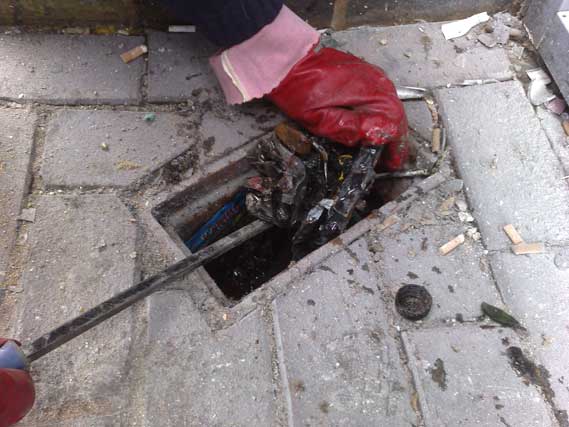
What Causes the Clogging?
Before we discuss the DIY solutions, let us first tackle the reasons behind the blockage. Since it is the kitchen sink we are talking about, food and fat is one of the biggest reasons that cause clogging.
Most sinks come with a single P-trap or 1 1/2 bowl designs. The sink trap is in charge of catching larger food residue. The trap keeps the residue from reaching your pipe system.
As time goes by, however, the food residue accumulates and creates a clog.
Another major cause of a blocked kitchen sink is grease aka fat. It is also one of the toughest to eliminate as it creates sticky sediment. This sediment is the culprit that traps food into the drain.
Moreover, grease can cause sewers to overflow when it combines with other types of waste.
Another problem greases cause is they can reach your pipes. Thus, you need to throw your grease into a separate can. Additionally, you must avoid throwing all types fats and oils down your sink.
Freeing Up Your Blocked Kitchen Sink
Time to roll up those sleeves and get to work
Now that you know the reasons that clog your kitchen sink, it is time to learn some simple yet effective ways to address the problem. Take note, however, that these methods may or may not work.
If the problem is already severe, don’t hesitate to call a reputable plumber in your area. But before you do so, try the following these quick methods below:
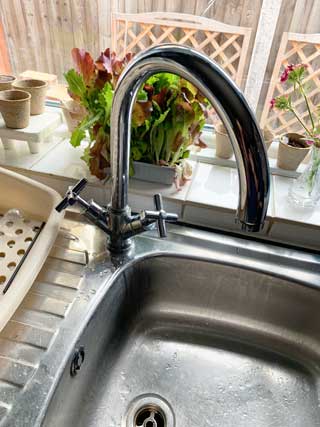

1. Boil Some Water
Let’s start with something as simple as boiling water. This is the easiest method that is sometimes enough to solve the problem. Place some water inside a kettle and bring it into a boil.
While waiting for the water to boil, clear the sink. Make sure it is free of any standing water. Thereafter, slowly pour the boiling water into the sink until the kettle is empty.
Wait for a few minutes and check if the water is still standing in the sink. If it doesn’t move, wait for the water to cool down. Remove the standing water and repeat the process until the clog moves.
If the clog doesn’t move after a few attempts, try adding some salt. Pour about half a cup of salt down the drain before pouring the boiling water.
2. Use a Plunger
If the boiling water method doesn’t work, try using your good old plunger. Pour some boiling hot water into the sink until it is halfway full. Place the plunger over the drain. If your sink has an overflow it will need to be blocked off to prevent water and pressure escaping.
Simply wedge a piece of wet tissue or a cloth into the overflow to seal it shut.
Start working the plunger up and down, using a little bit of speed. After several motions, pull off the plunger and check if the water is starting to drain.
If not, repeat the process a few more times.
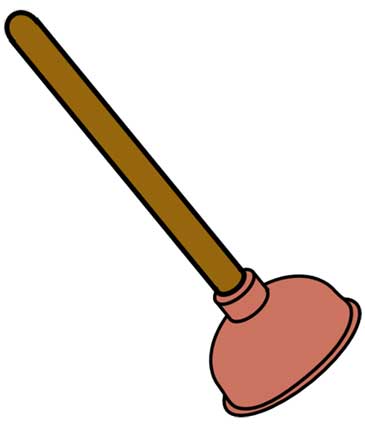
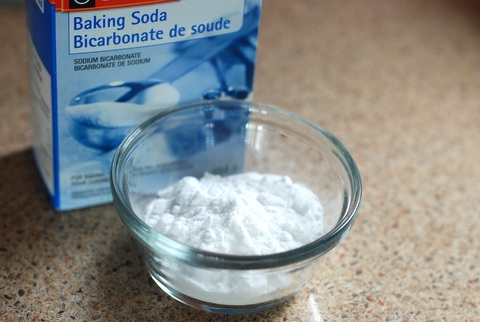

3. The Vinegar and Baking Soda Combo
Apart from salt, there are other kitchen items you can use to help unclog your drain. Prepare a cup of baking soda and a bottle of vinegar. But before you perform this method, make sure you are wearing a good pair of rubber gloves.
Like in the other methods, make sure there is no standing water on the sink. Place the cup of baking soda into the drain and push it inwards. To ensure it goes deep, you may use a spatula to push it down.
Take the vinegar and pour a cup into the drain opening. After pouring, take the stopper and push it against the sink to force the vinegar down.
Allow the solution to sit for 5 minutes as it works on the clog. Thereafter, pour some warm water into the sink. If the method worked, the water should go down into the drain freely.
If it doesn’t, pour in 4 cups of boiling water. Repeat the entire process if the drain is still blocked.
4. The Sani Snake AKA The Cable Auger
This method is a bit more intricate than the first three. This is because you need to open the cabinet underneath the sink. After opening the cabinet, place a bucket right under the pipes.
You need the bucket to catch any water that may drain during the procedure.
Detach the P-trap and sink waste by unscrewing the pipes using your hand. You may use a wrench if the pipes are tight. Take out any water inside the trap and pour it into the bucket.
If you see any clogs in the trap, take them out as well. Re-install the trap and use the hot water method to see if the drain is clear.
If the blockage is still present, then it’s time to use the Sani Snake aka Cable Auger. Remove the pipe connecting the trap to the pipe in the wall. Take the auger and stick its end into the pipe.
Continue pushing until you feel resistance. Now pull the cable from the stub pipe. You want to pull about 18 inches of the cable.
Thereafter, tighten the lock screw.
Crank up the handle using a clockwise direction. As you are doing this, make sure you are pushing the handle forward. If you feel that cable catching anything, turn the handle counter-clockwise.
Pull back the auger and repeat the process until you no longer feel any resistance. Pull the cable and reinstall the pipes and the trap. Pour some hot water into the drain and check if it goes down freely.
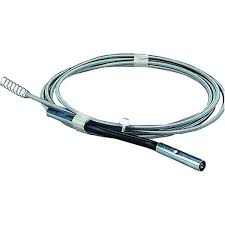
Let’s Clear Your Pipes, Today!
Learning how to unclog a blocked kitchen sink is something that every homeowner must learn. It will save you time and resources while restoring normalcy in your homes.
But sometimes, the problem may require the expertise of a professional plumber. If you find the task too daunting, we will gladly lend a helping hand.
We offer emergency plumbing services to solve all sorts of problems concerning your pipes. Feel free to connect with us and tell us about your concerns. We can arrange a visit to your home and take over the situation.
Send us a message and let’s clear your pipes today!
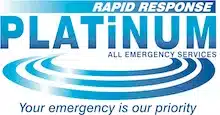
Trackbacks/Pingbacks